Sunbrella vs. Traditional Drapery Fabrics: Which One Is Best for Your Home?
TLDR;
Sunbrella is best if you want durability, fade resistance, and low maintenance in sun-heavy or high-traffic rooms. Traditional drapery fabrics are better if your priority is softness, elegance, and design flexibility in spaces where sun and moisture are not a problem. The best choice depends on your lifestyle, room conditions, and long-term goals.
Why Fabric Choice Matters for Your Drapery
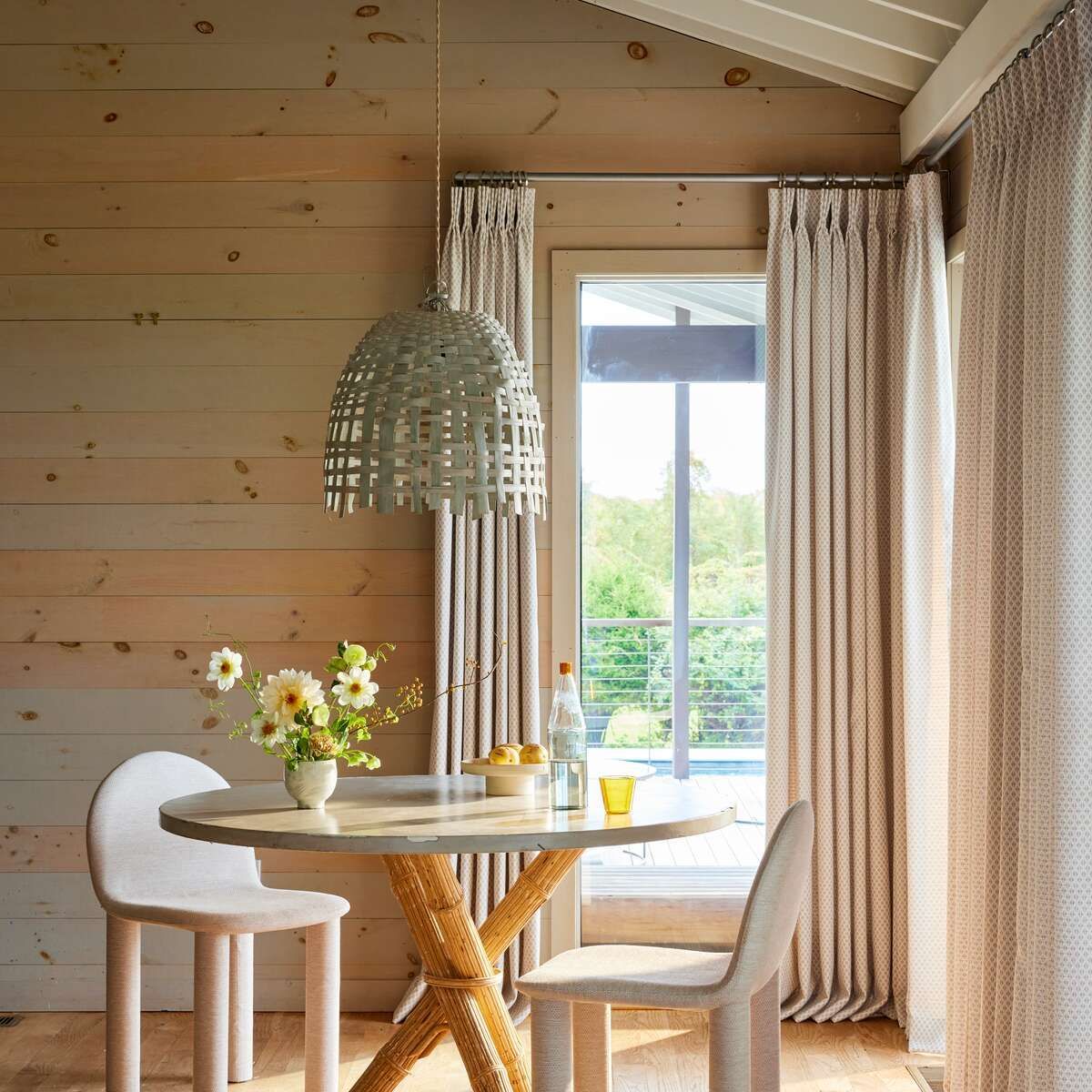
Your choice of drapery fabric determines how long your window treatments last, how they look, and how easy they are to maintain. At
Simply Windows, we guide homeowners through this decision every day. Some clients want curtains that hold up against pets, kids, and daily sunlight. Others prefer luxury textures that make a statement in formal rooms. Both Sunbrella drapery fabrics and traditional fabrics offer unique advantages, and the right choice depends on your needs.
Understanding Sunbrella and Performance Drapery Fabrics
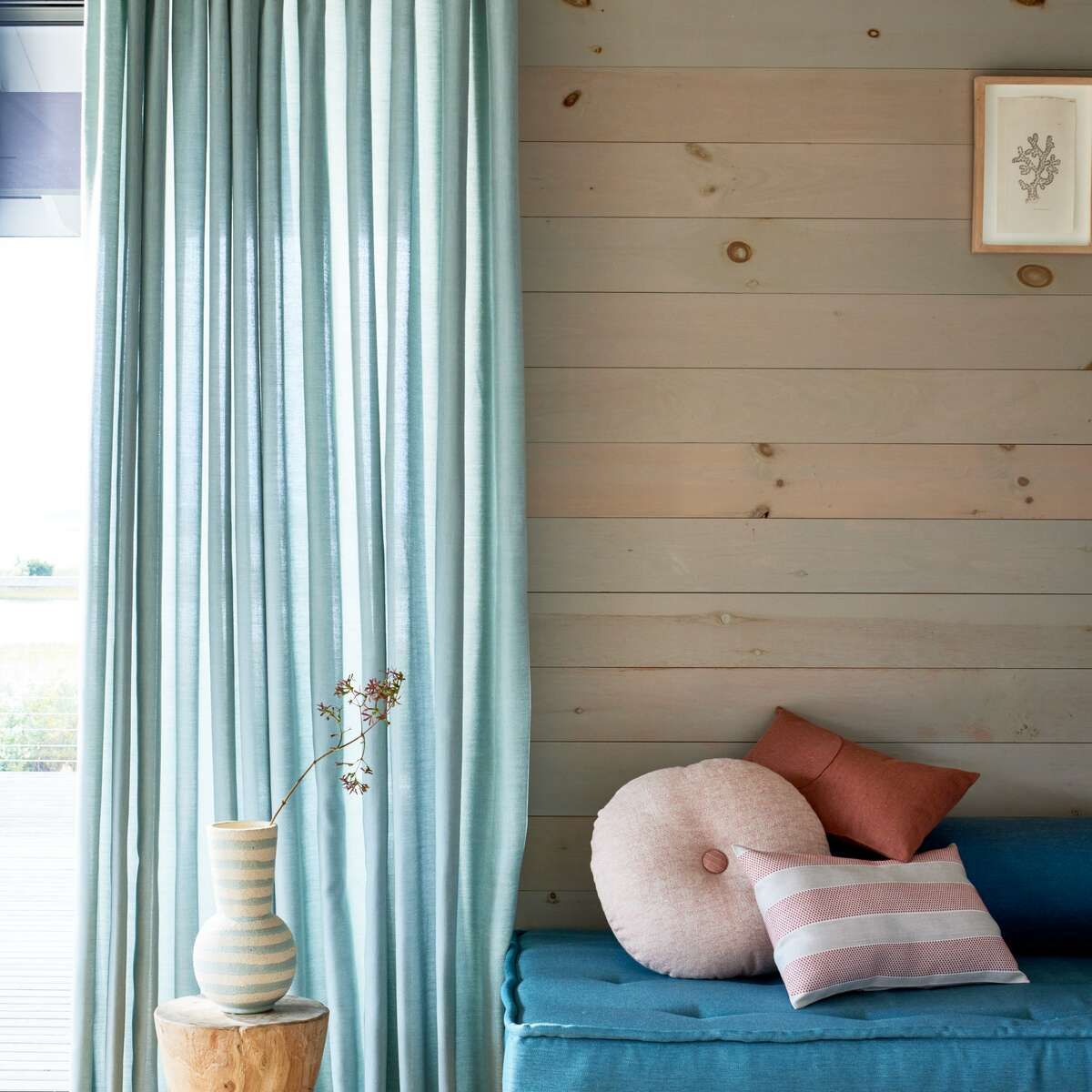
What Is Sunbrella Fabric
Sunbrella is a performance fabric made from solution-dyed acrylic fibers. This process locks color into the fiber itself, making it fade-resistant and long-lasting. Unlike surface-dyed fabrics, the color goes all the way through, so sunlight does not easily wash it out.
Key Features and Benefits of Sunbrella Drapery
- Fade resistance from intense sunlight exposure
- Mold and mildew resistance, ideal for humid climates
- Water resistance, making it practical for bathrooms or coastal homes
- Long lifespan, often outlasting standard drapery fabrics
- Easy maintenance, often washable with soap and water or even bleach solutions
You can explore more about
Sunbrella Drapery Benefits and how they protect against fading and stains to see why many homeowners prefer them for sunny or high-traffic spaces.
Best Applications for Sunbrella Drapery
- Sunrooms with strong direct sunlight
- Coastal or humid environments where moisture is a problem
- Family homes with kids or pets where spills and wear are common
- High-traffic rooms like living areas and kitchens
Common Downsides and Misconceptions
- Higher upfront cost compared to standard fabrics
- Limited textures compared to silk, linen, or cotton
- Slightly stiffer drape, which may not appeal to those who want ultra-soft folds
Traditional Drapery Fabrics and Their Qualities
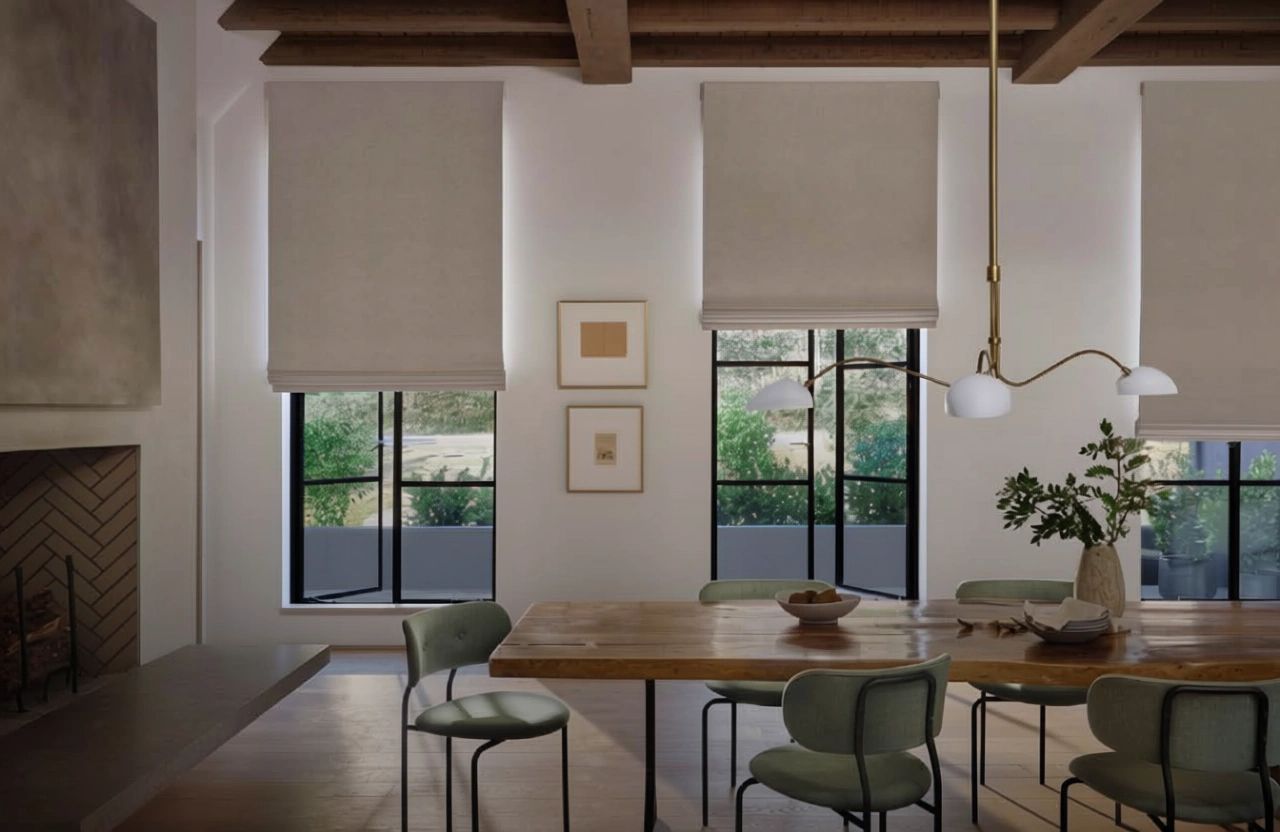
Popular Types of Traditional Fabrics
- Cotton: breathable, casual, easy to layer
- Linen: light, textured, and elegant, though prone to wrinkling
- Silk: luxurious, formal, and soft, but requires careful handling
- Polyester and blends: versatile and affordable with a range of finishes
Strengths of Traditional Fabrics
- Softer hand and natural drape qualities
- Wide variety of colors, textures, and patterns
- Timeless appeal in classic or formal interiors
- Works well with linings and layers for insulation and design depth
Drawbacks of Traditional Fabrics
- Prone to fading in direct sunlight
- Can shrink or wrinkle after washing
- Silk and linen often require dry cleaning
- Shorter lifespan compared to performance fabrics
When Traditional Fabrics Are Best
- Formal dining or living rooms with minimal sun exposure
- Homeowners seeking luxury textures and a tailored look
- Spaces where elegance is more important than durability
Side-by-Side Comparison: Sunbrella vs Traditional Drapery
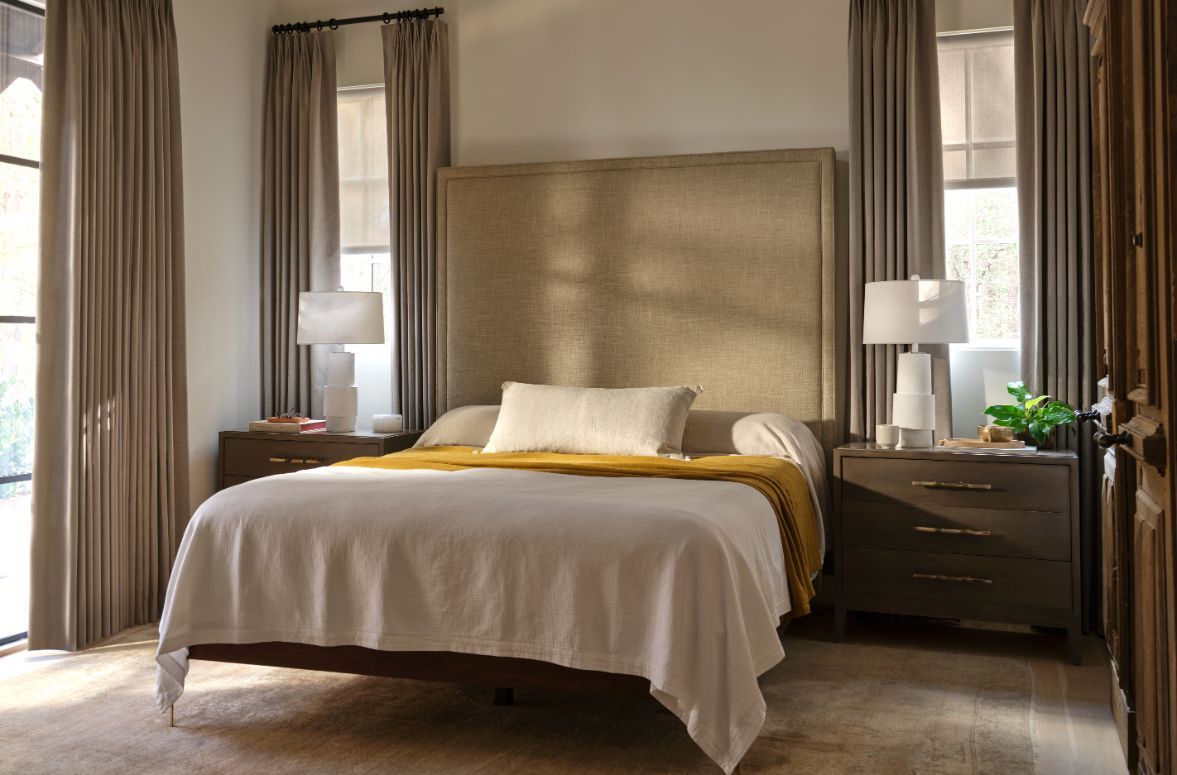
Durability and Lifespan
Sunbrella is built to last for many years in challenging conditions. Traditional fabrics vary. Cotton and linen wear down faster, while silk is delicate and sensitive to light.
Colorfastness and UV Resistance
- Sunbrella resists fading due to solution-dyed fibers
- Traditional fabrics like cotton and silk fade quickly in sunny rooms
Maintenance and Cleaning
- Sunbrella is easy to clean with mild soap and water
- Traditional fabrics often need dry cleaning or careful washing
Aesthetic and Design Flexibility
- Traditional fabrics provide wider variety of patterns, textures, and finishes
- Sunbrella options have expanded, but traditional still leads in luxury aesthetics
Cost and Value Over Time
- Sunbrella has higher upfront investment, but longer lifespan offers strong value
- Traditional fabrics cost less at first, but frequent replacements increase long-term expenses
Sustainability and Environmental Impact
- Sunbrella is designed for longevity, which reduces waste
- Natural fibers like cotton and linen are biodegradable, but often wear out faster
What Competitors Overlook
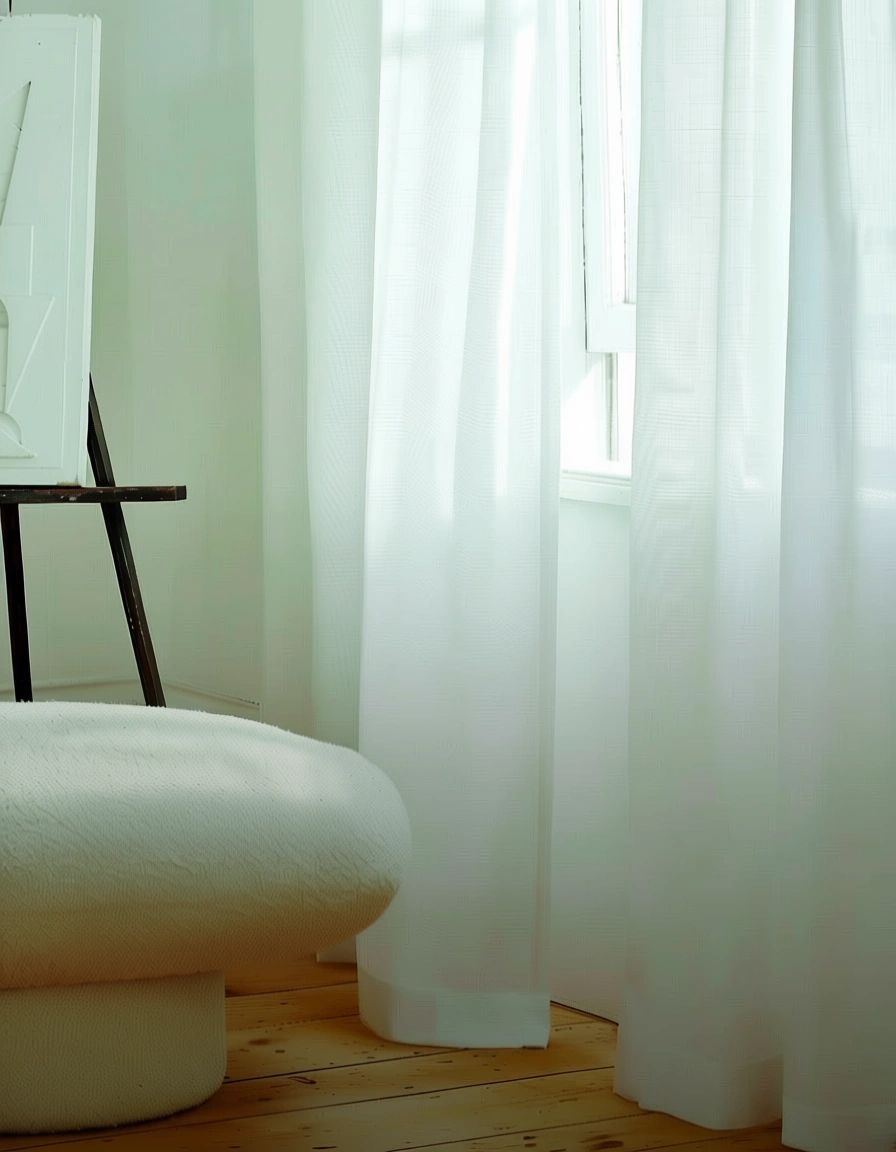
- Long-term savings: Sunbrella’s durability often outweighs higher cost over years of use
- Room acoustics: heavier traditional fabrics reduce echo more effectively
- Layering strategies: some homeowners combine Sunbrella with traditional fabrics in different rooms
- Regional conditions: humid climates benefit more from Sunbrella, while dry climates allow for more traditional fabric flexibility
- Impact on furniture: Sunbrella reduces fading of nearby sofas, carpets, and hardwood floors by blocking UV rays
How to Choose the Right Drapery Fabric
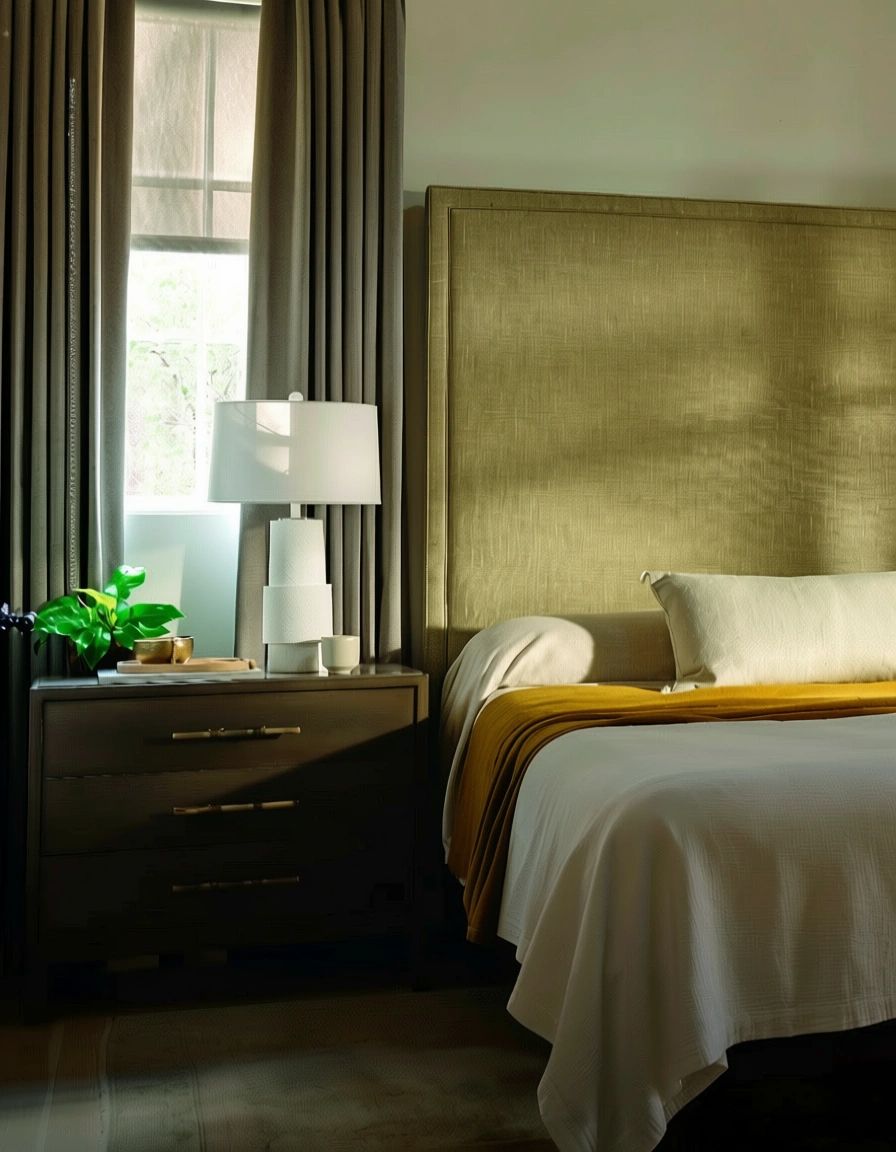
Assess Your Room Conditions
- High sunlight: lean toward Sunbrella
- Low sunlight: traditional fabrics work well
- Moisture-heavy spaces: Sunbrella is more practical
Define Your Design Goals
- Casual and durable: Sunbrella
- Elegant and soft: silk, linen, or cotton
Balance Budget and Longevity
- Think beyond upfront costs
- Consider replacement frequency and maintenance needs
Test Swatches in Your Space
- Place Sunbrella and traditional samples side by side
- Check how they react to your lighting and style
Work With Professionals
At Simply Windows, we help you test, measure, and install both performance and traditional fabrics so your home looks beautiful and functions well.
Maintenance Tips for Both Fabric Types
- Rotate panels in sun-exposed rooms to balance wear
- Use linings to protect traditional fabrics from UV damage
- Clean Sunbrella with mild soap and water when stains occur
- Dry clean delicate silk or linen to preserve texture
- Avoid harsh scrubbing on any fabric to protect fibers
FAQs on Drapery Fabrics
Does Sunbrella fade indoors?
No. Its solution-dyed fibers resist fading even in sunrooms with large windows.
Can I mix Sunbrella and traditional drapery?
Yes. Many homeowners use Sunbrella in sunny or high-traffic spaces and traditional fabrics in formal rooms.
Is Sunbrella too stiff for drapery?
Sunbrella has improved over the years. While stiffer than silk or cotton, modern options drape naturally.
How does cost compare?
Sunbrella requires a higher initial investment. Traditional fabrics are more affordable but require replacement more often.
Are these fabrics eco-friendly?
Natural fibers like linen are biodegradable. Sunbrella’s longevity means fewer replacements, reducing waste.
The Best Choice for Your Home
Choosing between Sunbrella and traditional drapery fabrics comes down to priorities. If your home receives strong sunlight, has active kids or pets, or you want low maintenance, Sunbrella offers unmatched performance. If your focus is on softness, elegance, and a timeless aesthetic in low-traffic rooms, traditional fabrics remain the best option. Many Simply Windows clients choose a hybrid approach, using Sunbrella in bright or busy areas and traditional fabrics in formal or cozy spaces.
The right fabric transforms not only your windows but the comfort, style, and durability of your home. For expert guidance and fabric samples, Simply Windows is here to help you make the best decision for your space.

